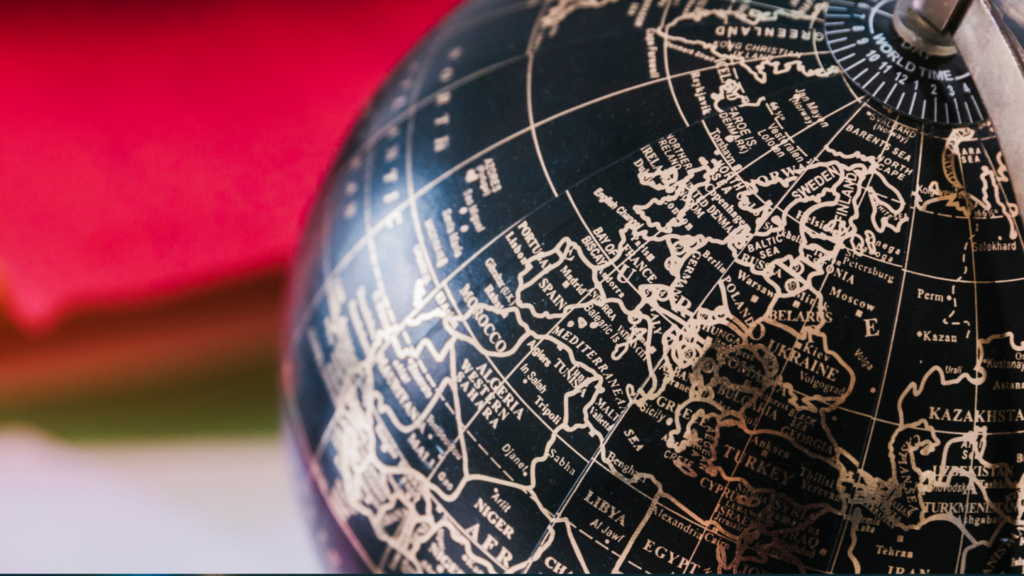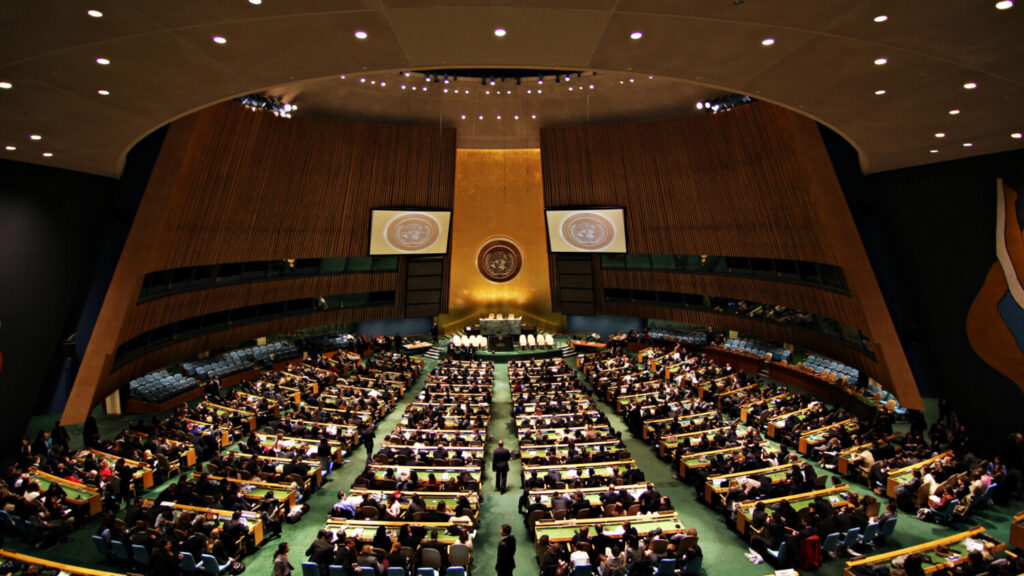Europe at Washington’s Side: The Renaissance of the Transatlantic Alliance
This article is part three of a three-part series on the future of transatlantic relations and the positioning of Europe in a changing world order due to the economic rise of Asia. In part one, the conditions of the changing world order are outlined. In part two, Kishore Mahbubani’s ideas for a more independent positioning of Europe are examined. In this (third) part, Elbridge Cloby’s remarks are used as a basis to explain what a transatlantic partnership could look like under the given conditions.
In the following article, the Respective Recommendation for Action for Europe is presented. This is followed by the brief development of a scenario based on the proposal. Subsequently, the hypothetical consequences of the scenario are analyzed.
The rise of Asia in general and the People’s Republic of China (PR China) in particular is changing the global balance of power and thus also the world order. The unipolar moment with the USA as the only world power is coming to an end. In this changing world order, how will Europe position itself in relation to the USA (its traditional ally)? It should be noted that the positioning towards the USA always includes a corresponding positioning towards the PR China.
The Proposal: Europe at Washington’s Side
In the face of the emerging “competition between systems”, Europe should stand alongside the USA. China’s growing influence can only be contained by cooperation between the United States of America and the states of Europe (or the European Union). The rise of China is putting the USA under pressure. To prevent Beijing from becoming the hegemonial power in Asia, Washington will have to concentrate much more on the Asian region in the future. As Asia is set to become the world’s largest economic and growth region and China is the most promising candidate for a regional hegemon, Washington considers the containment of China’s expansion in Asia to be of utmost importance. Despite the enormous increase in importance of Asia, Europe is still the second most important region in the world. However, Europe is not acutely endangered. Russia may have ambitions, but NATO is superior to Russia (Colby 2020, 25). But the contribution of the European states to NATO is relatively small. Most of them do not even reach the set target of contributing 2% of GDP.
Since the USA no longer has the surpluses to have a sufficient presence in all regions of the world and must concentrate on Asia, the states of Europe will play a more important role in the Western alliance in the future. This means that the states of Europe must provide sufficient resources in the future to be able to guarantee their own security in the competition between the USA/the West and the emerging Chinese People’s Republic (Colby 2020, 26). Economically, the USA will decouple itself from China. This should also apply to Europe (Colby 2020, 27).
The Scenario: A New Cold War?
China’s growing economy increases the People’s Republic’s influence in the international system. Europe and the United States are jointly responding to the growing influence of the authoritarian People’s Republic. Central to this is that the (Western) alliance is based both on common values (e.g., democracy) and interests (containment of China’s influence).
Responsibilities are clearly allocated. The USA curbs China’s growing influence in Asia and the European states take responsibility for their own security, but also assume a greater/leading role in neighboring regions (Colby 2020, 30). The clearly articulated interest of “the West” to contain the influence of China in this scenario leads de facto to the formation of blocs. At this point, it remains unclear what the counterpart of the Western alliance will look like. What would be possible would be an alliance of authoritarian states, which are characterized to a large extent by the autocratic nature of the state, a quasi-alliance of non-democracies.
The Consequences: A Bipolar World – Once Again
In the scenario presented, the growing influence of China leads to a renaissance of the Western alliance. As already mentioned, the distribution of roles will have to be different than in the Cold War. European countries and the European Union will have to assume more responsibility. This raises the question of the division of roles between NATO and the EU (Biscop 2020). Deciding on this question is what the future of the EU looks like. Even if US politics in recent years suggests otherwise, a strong European Union in this scenario would be in Washington’s interest. The only thing that is certain is that the defense spending of most European countries will have to increase. The above-mentioned formation of blocks could lead to an arms race that could become costly.
This division of the world into blocks will also have far-reaching economic consequences. Today a large part of the global trade in goods is conducted between the so-called triad (Europe, Asia and North America). Since the end of the Cold War, trade with Asia in particular has grown strongly (bpb 2016). Trade with Asia (especially with China) will become much more difficult due to the expected trade restrictions (as a result of the formation of blocks) and will probably lose volume as a result. As the graph shows, a negative development of trade with China would probably have serious economic consequences, as China is Europe’s second most important trading partner.
Another question is how institutions like the United Nations, or the World Trade Organization will develop. In recent years, the USA has been skeptical about these institutions. It is possible that global governance could be made considerably more difficult.
As described above, the renaissance of transatlantic relations is taking place largely because the West feels threatened by the rise of China. The resulting alliance could be very stable because it is based on shared values and common interests. However, this development could again lead to the division of the world into blocks and a new arms race. In addition, globalization would probably be considerably curbed. Therefore, the (economic) development of developing and emerging countries could slow down. In addition, global governance processes would become more difficult, which could slow down the process of dealing with global problems (e.g. climate change). Normatively, the regression into block can be seen as a step backwards. A new Cold War may be imminent.
References
Bpb (2016): Interregionaler Warenhandel. Retrieval at: https://www.bpb.de/nachschlagen/zahlen-und-fakten/globalisierung/52547/interregionaler-warenhandel. Retrieved on: 01.10.2020.
Biscop, Sven (2020): The Future of the Transatlantic Alliance: Not Without the European Union. In: Strategic Studies Quarterly, Fall, 2020, p. 81-94.
Colby, Elbridge (2020): Europa gehört an Washingtons Seite. In: Internationale Politik, 5/75, p. 25-30.



